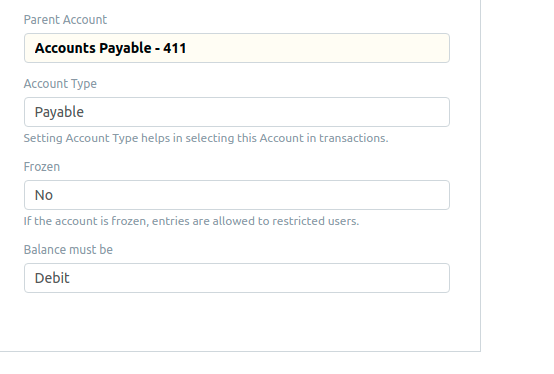Hello everyone,
I’m facing a strange problem here. We have some minor expenses, and we allow our buyers to pay these small expenses with a specific down payment for that purpose (This action can be registered as a type of loan?)
So, I had an open material request, which was bought with money from that down payment.
How do I proceed with the registration of this purchase in the system?
Should I make a Expense Claim? Will this Expense Claim be associated with that material request?
Should I close the material request?
I am in doubt as to how to process this purchase, associated with the requisition of material and the refund itself.
I do not know if I made myself clear …



